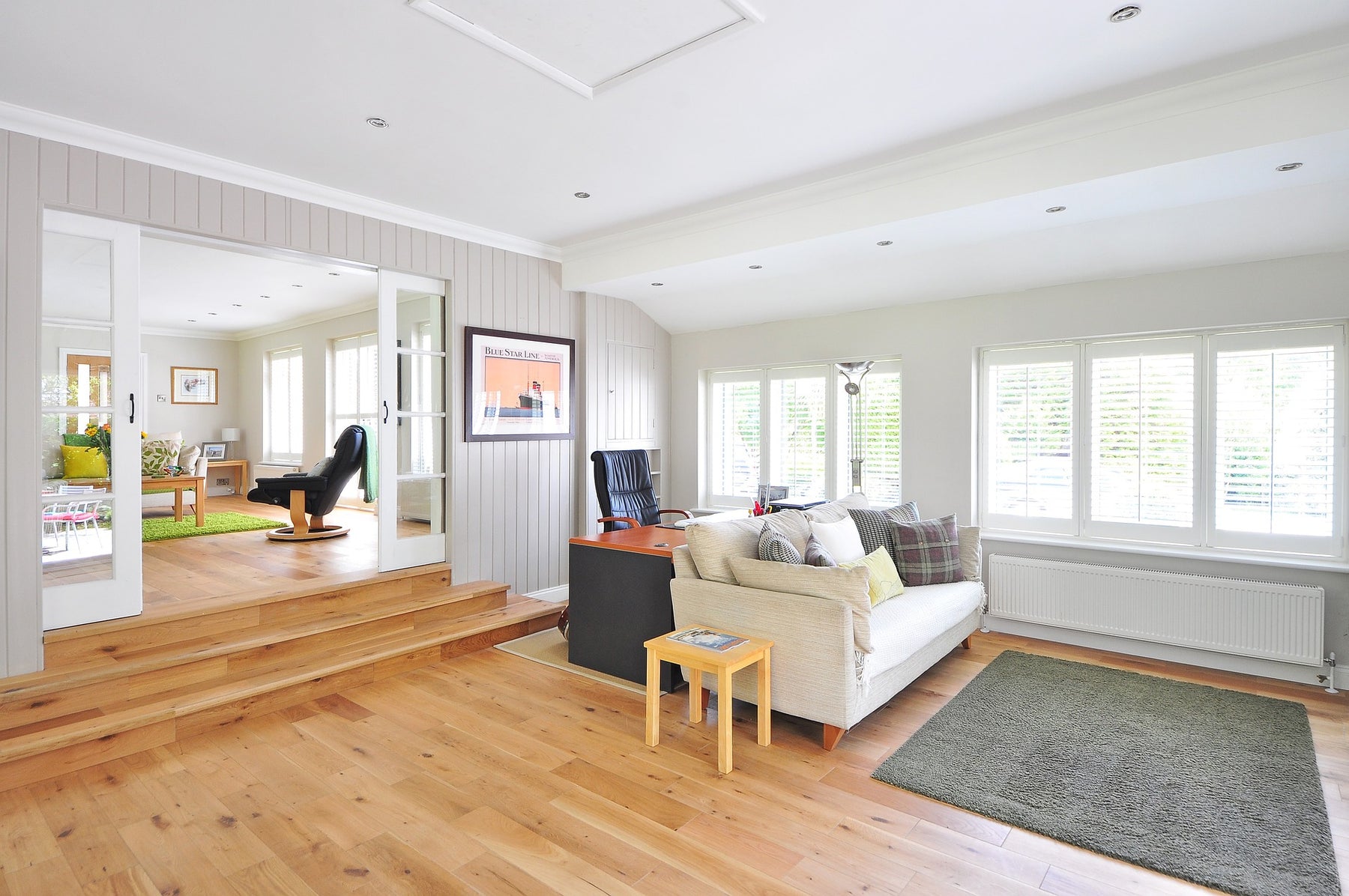
(502) 783-7995
(502) 783-7995


If you're looking to add comfort and value to your home without breaking the bank, electric underfloor heating is a fantastic option. It's no longer just a luxury for high-end homes; in fact, underfloor heating is becoming increasingly accessible to the average homeowner. Here’s a guide on where to install electric underfloor heating on a budget, focusing on the most cost-effective options, practical tips, and design considerations.
With the right planning, you can enjoy the warmth and comfort of electric underfloor heating while sticking to your budget.
When installing underfloor heating on a budget, it's important to be strategic about which rooms you focus on. You don’t need to heat your entire home to experience the benefits. Concentrating on key areas can help you cut costs without sacrificing comfort.
If you're wondering where to install underfloor heating for a home on a budget, know that bathrooms are one of the best places to install electric underfloor heating. They’re typically small, making installation more affordable, and nothing feels better than stepping out of the shower onto a warm floor. In colder months, heated floors will prevent the chill that tiles often retain.
Like bathrooms, kitchens tend to have hard flooring surfaces like tile or stone, which can feel cold underfoot. Installing underfloor heating here can make your kitchen much more comfortable. Plus, since kitchens are often high-traffic areas, the consistent warmth helps keep the entire house cozy without turning up the thermostat.
Entryways and mudrooms are often overlooked when it comes to heating. Yet, these are the spaces that people pass through frequently, especially in colder months.
Underfloor heating in these areas will not only make them more comfortable but will also help dry wet shoes and coats, reducing the risk of dampness and mold. As these rooms are small, it’s a cost-effective place to start.
If you're working with a tight budget, starting small is always a good idea. Smaller spaces are less expensive to heat and easier to control. Many homeowners begin by installing electric underfloor heating in just one room to test the waters before deciding whether to expand to other areas.
These spaces are usually small, which means less wiring and lower installation costs. Since guest bathrooms and powder rooms don’t need to be heated continuously, you can program them to only turn on when guests are visiting, reducing energy usage.
With the rise of remote working, more people are creating home offices. These smaller rooms are excellent candidates for underfloor heating, as you can focus on keeping this space warm without heating the entire house during the day.
When it comes to underfloor heating, electric systems are often the most affordable option for smaller areas. They’re easier to install compared to water-based systems, as they don’t require any major plumbing changes or the installation of a boiler.
This keeps your initial costs down, and because electric heating systems can be turned on and off as needed, they’re more energy-efficient for smaller spaces.
Here’s why electric underfloor heating is a budget-friendly option:
Electric heating mats or loose wire systems can be installed beneath your existing flooring with minimal disruption. You won’t need to rip out flooring or make structural changes, saving on labor costs.
Electric systems allow for zonal heating, meaning you can control the temperature of each room individually. This feature helps you avoid wasting energy on heating rooms that aren’t being used, which saves money on your electricity bills.
One of the biggest advantages of electric underfloor heating is that it can be easily retrofitted into older homes. You don’t need to rebuild walls or install a central heating system—just lay the heating mats under your existing floors.
If you’re handy and looking to save on labor costs, installing electric floor heating mats yourself is a possibility. Many electric systems come in easy-to-install kits with clear instructions.
This can reduce the cost greatly, as hiring a professional installer can add several hundred dollars to your budget. However, if you’re not confident in your skills, it’s always best to hire a qualified electrician to ensure everything is installed safely and correctly.
If you're already planning a renovation project, this is the perfect time to install electric underfloor heating. Whether you're redoing your bathroom, updating your kitchen, or laying new floors, adding underfloor heating during this process will save you from having to tear up flooring twice.
By coordinating your underfloor heating installation with other projects, you can save on labor costs and minimize disruption.
A programmable thermostat for floor heating is a must-have for any underfloor heating system, especially if you're trying to keep costs low. By setting your heating system to turn on only during peak times—such as in the morning or evening—you can prevent unnecessary energy usage.
Many electric underfloor heating systems come with Wi-Fi enabled thermostats, allowing you to control your heating remotely and adjust temperatures even when you're not home.

Our under floor heating experts will work on the design and layout of your project, for free!